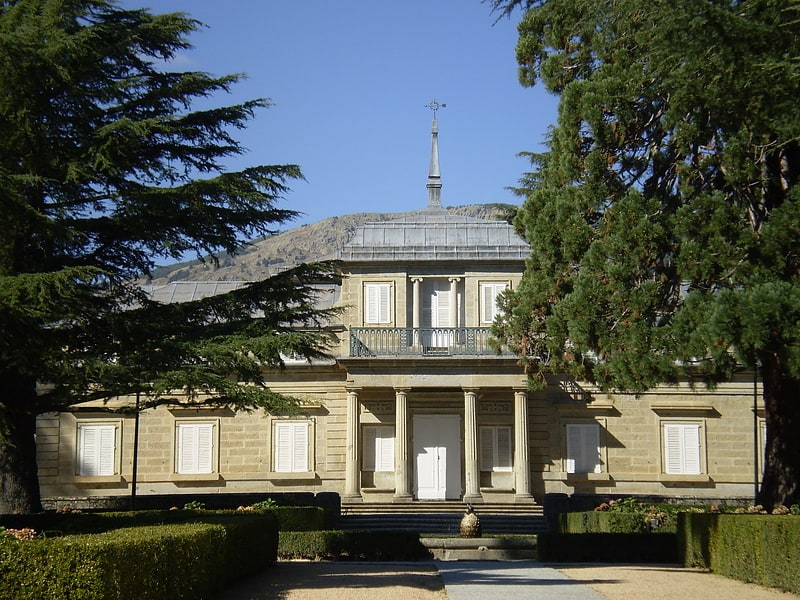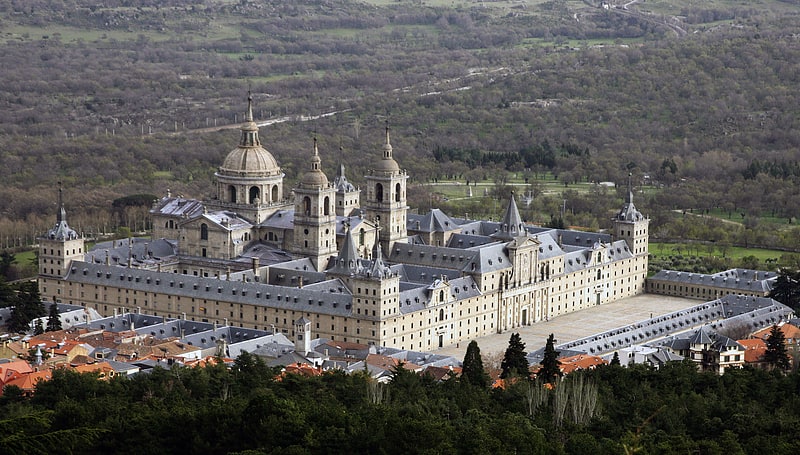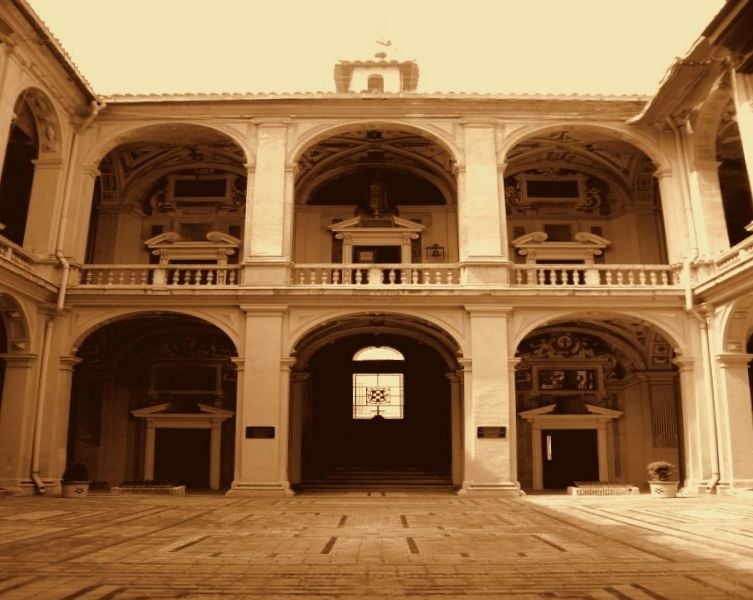Discover 4 hidden attractions, cool sights, and unusual things to do in El Escorial (Spain). Don't miss out on these must-see attractions: Church of San Bernabé, Casita del Príncipe, and Real Monasterio de San Lorenzo de El Escorial. Also, be sure to include Architecture and Painting Museum in your itinerary.
Below, you can find the list of the most amazing places you should visit in El Escorial (Madrid).
Table of Contents
Church of San Bernabé

Also known as: Iglesia de San Bernabé
Catholic church in Spain. The Church of San Bernabé is a church located in El Escorial, Spain. It was declared Bien de Interés Cultural in 1983.[1]
Address: Calle de Iglesia, 9, 28280 El Escorial
Casita del Príncipe

Building in Spain. The Casita del Príncipe is an eighteenth-century building located in San Lorenzo de El Escorial, Spain. It was designed by the neoclassical architect Juan de Villanueva for the private use of the heir to the Spanish throne Charles, Prince of Asturias, and his wife Maria Luisa. It was constructed in the 1770s and extended in the 1780s.
The word casita is the diminutive of the Spanish word for "house". The building was designed without bedrooms, as its owners slept in the palace which had been built two centuries earlier for Philip II. Such buildings gave their royal occupants the opportunity to escape some of the formalities of court life. The Petit Trianon at Versailles offers a French example of the phenomenon.[2]
Real Monasterio de San Lorenzo de El Escorial

Imposing Renaissance palace complex. El Escorial, or the Royal Site of San Lorenzo de El Escorial, or Monasterio del Escorial, is a historical residence of the King of Spain located in the town of San Lorenzo de El Escorial, 2.06 km up the valley from the town of El Escorial and about 45 kilometres northwest of the Spanish capital Madrid. Built between 1563 and 1584 by order of King Philip II, El Escorial is the largest Renaissance building in the world. It is one of the Spanish royal sites and functions as a monastery, basilica, royal palace, pantheon, library, museum, university, school, and hospital.
El Escorial consists of two architectural complexes of great historical and cultural significance: the royal monastery itself and La Granjilla de La Fresneda, a royal hunting lodge and monastic retreat about 5 kilometres away. These sites have a dual nature: during the 16th and 17th centuries, they were places in which the power of the Spanish monarchy and the ecclesiastical predominance of the Roman Catholic religion in Spain found a common architectural manifestation. El Escorial was both a Spanish royal palace and a monastery, although Philip II is the only monarch who ever lived in the main building. Established with a community of Hieronymite monks, it has become a monastery of the Order of Saint Augustine. It was also a boarding school: the Real Colegio de Alfonso XII.
Philip II engaged the Spanish architect Juan Bautista de Toledo to be his collaborator in the building of the complex at El Escorial. Toledo had spent the greater part of his career in Rome, where he had worked on St. Peter's Basilica, and in Naples serving the king's viceroy, whose recommendation brought him to the king's attention. Philip appointed him architect-royal in 1559, and together they designed El Escorial as a monument to Spain's role as a center of the Christian world.
On 2 November 1984, UNESCO declared The Royal Seat of San Lorenzo of El Escorial a World Heritage Site. It is a popular tourist attraction, often visited by day-trippers from Madrid – more than 500,000 visitors come to El Escorial every year.[3]
Address: Av. de Juan de Borbón y Battemberg, 28200 El Escorial
Architecture and Painting Museum

Museum
Address: Calle don Juan de Borbón y Battemberg s/n, El Escorial